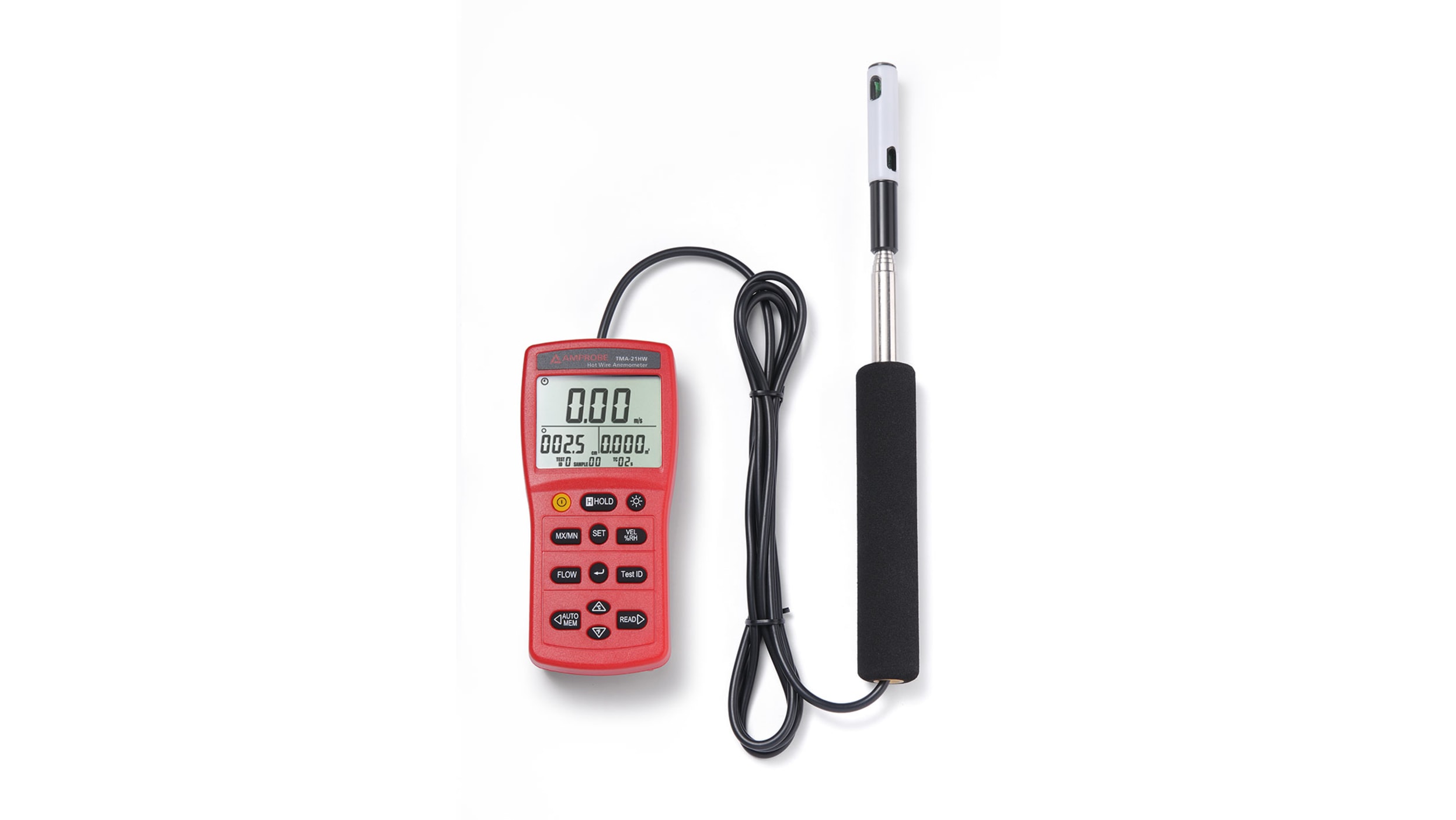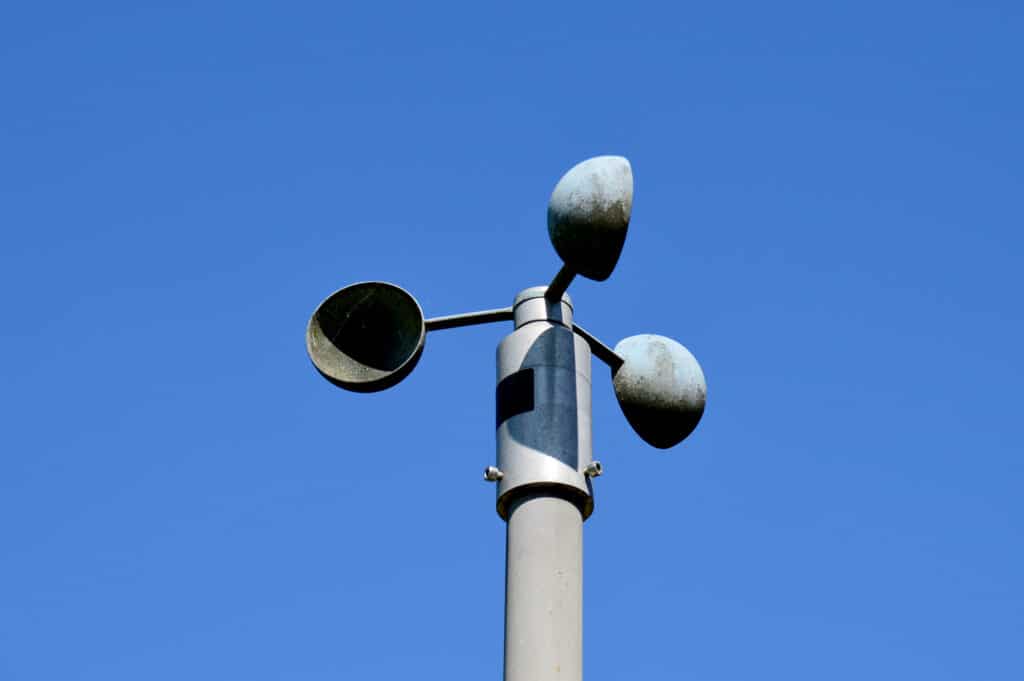Why an Anemometer is Necessary for Your Environmental Data Collection
Why an Anemometer is Necessary for Your Environmental Data Collection
Blog Article
Exploring the Functions and Advantages of Anemometers for Weather Lovers and Experts
From cup anemometers to sonic anemometers, each type brings its one-of-a-kind set of applications and benefits, dropping light on various facets of atmospheric problems. As we delve right into the functions and advantages of anemometers, a deeper understanding arises not only of prevailing weather condition phenomena but also of the more comprehensive ramifications for fields like wind power production and ecological research study.
Relevance of Anemometers in Weather Condition Monitoring
Anemometers play an important duty in weather condition surveillance by supplying exact dimensions of wind speed, helping in forecasting and understanding weather patterns. These tools, varying from conventional cup anemometers to modern-day ultrasonic anemometers, are necessary for meteorologists, researchers, and climate enthusiasts alike.

Kinds Of Anemometers and Their Applications
The most common kinds of anemometers include mug anemometers, vane anemometers, hot-wire anemometers, and ultrasonic anemometers. Cup anemometers are composed of three or 4 cups placed on straight arms that rotate with the wind, measuring its speed. Vane anemometers, on the various other hand, utilize an openly turning vane to line up with the wind direction, supplying both wind speed and direction dimensions.
Cup anemometers are durable and ideal for general weather condition surveillance, while vane anemometers are preferred for directional measurements. Ultrasonic anemometers are non-intrusive and provide high precision, commonly made use of in research and specialized weather tracking applications.
Advantages of Making Use Of Anemometers in Projecting
In weather forecasting, the application of anemometers supplies very useful benefits for improving the accuracy of climate forecasting. Anemometers determine wind speed and direction, providing essential data for predicting weather patterns. By including wind data right into forecasting models, meteorologists can much better comprehend the motion of weather systems, anticipate adjustments in climatic conditions, and issue more specific forecasts.
Furthermore, anemometers play a vital duty in examining prospective weather hazards. Checking wind rates helps forecasters forecast serious weather occasions such as typhoons, tornadoes, and winter months storms with better accuracy. This very look these up early warning system enables authorities to release timely signals and execute necessary security measures, lowering the risks to life and residential or commercial property.
Additionally, anemometers help in optimizing sustainable power production. By assessing wind patterns, meteorologists can determine ideal locations for wind ranches and forecast energy outcome, contributing to the efficient generation of wind power.

Anemometers in Wind Power Manufacturing
Provided the crucial my latest blog post function anemometers play in supplying precise wind information for weather forecasting and risk evaluation, their value extends to the world of wind energy production. Anemometers are necessary tools in the area of wind power, where the dimension of wind rate and direction is important for establishing the feasibility and efficiency of wind turbine installations. By precisely measuring wind speeds at varying heights, anemometers assist enhance the placement and style of wind turbines to maximize power output.
In wind farms, anemometers are tactically put to gather real-time wind data that is used to assess the potential energy production of a site. This data is instrumental in determining the financial stability of wind power jobs and in projecting power generation to make sure grid stability. Furthermore, anemometers aid in keeping track of wind conditions to maximize wind turbine performance, protect against damages from high winds, and guarantee the security of personnel operating in the location of wind generators.
Enhancing Weather Comprehending With Anemometers

Anemometers play a key duty in boosting our understanding of microclimates. These local climate condition can vary considerably from wider local projections, making it necessary to have exact data for particular areas. anemometer. By tactically placing anemometers in different areas, scientists can collect thorough info on exactly how wind behaves in various surfaces, city settings, or bodies of water
In addition, anemometers add to boosting climate forecasting models by providing real-time information on wind habits. This info is particularly beneficial for anticipating severe climate events, optimizing agricultural practices, and sustaining industries like aeronautics and maritime navigation. On the whole, anemometers are important tools that enable find out here us to dive deeper right into the complexities of weather systems, inevitably resulting in even more better-informed choices and accurate forecasts.
Conclusion
Finally, anemometers play a vital role in weather condition monitoring and projecting by gauging wind speed and instructions. They are essential devices made use of by weather lovers and professionals to gather precise information for predicting climate patterns and analyzing prospective impacts. Anemometers additionally have applications in wind energy production, more highlighting their significance in both weather forecasting and renewable resource sectors. Generally, anemometers add to enhancing our understanding of weather condition sensations and improving forecasting capacities. anemometer.
From cup anemometers to sonic anemometers, each kind brings its one-of-a-kind set of advantages and applications, dropping light on different elements of climatic problems. These tools, varying from typical cup anemometers to modern ultrasonic anemometers, are vital for meteorologists, scientists, and weather condition lovers alike. The most typical kinds of anemometers include cup anemometers, vane anemometers, hot-wire anemometers, and ultrasonic anemometers. Cup anemometers are suitable and durable for basic climate surveillance, while vane anemometers are preferred for directional dimensions. Anemometers are important instruments in the area of wind power, where the dimension of wind rate and instructions is critical for establishing the feasibility and performance of wind generator setups.
Report this page